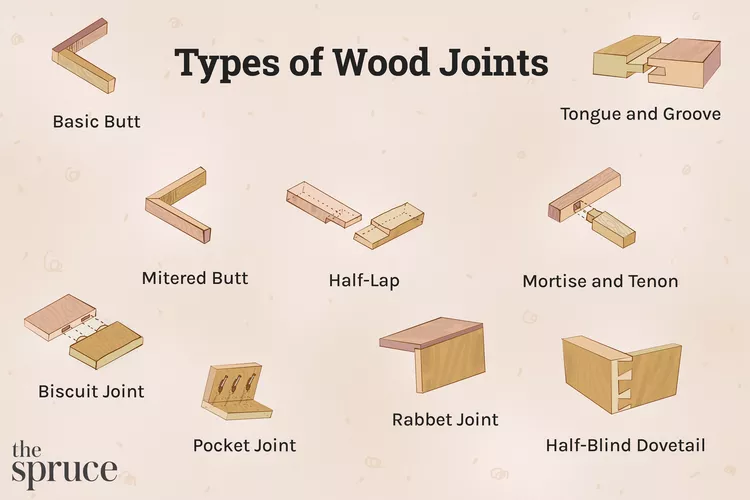I suppose the most important thing to start with is that none of the pictured joints are used in what I would term 'proper' framing for stretched canvases, emphasis on the word stretched.
With a fixed frame obviously you can stretch the canvas firmly onto it at the beginning, that's just a matter of good technique using suitable tools. And then you can size to further stiffen the fabric.
But most (>99%) canvases are natural fibre so, like wood, they respond to changes in environmental conditions to some degree1. Hence the conventional stretcher frame, which is adjustable at all four corners using a pair of wedges that act at 90° to each other, which allows for increasing tension when the canvas gets floppy as well as to release tension when it gets too taut.
You can I believe just buy in frame members from the right sources to make a frame to the dimensions you want. If that's not an option for any reason unfortunately making such a frame from scratch presents difficulties, especially if no fixed power tools can be used.
Here's a good picture of pieces of stretcher frame, showing all the features of the corner joints:

While making that joint can absolutely be done by hand it would be far from easy even for an experienced woodworker, and for the newbie or inexperienced woodworker it could be considered basically impossible due to the require accuracy — every single end must be good for the frame not to distort in some way when the corners come together.
So what's the alternative?
There are a few I can think of, although I don't know how one might weight them in terms of preference (I understand that some artists can be very particular about the archival nature of the materials they work with, and I don't know which {if any!} would be acceptable).
So in no particular order other than I thought of them in this sequence:
Make a fixed frame using any joints that are sufficiently strong, with non-adjustable bracing as needed, and simply stretch over a synthetic-fibre cloth. Artificial fibres aren't hygroscopic like natural ones are.
Don't use fabric at all, but instead make a panel that you simply prime and paint on. A thinner panel material such as tempered hardboard, good-quality plywood or MDF can be strengthened/reinforced with framing if needed, or you could use something (or make something, via lamination) that is strong enough as-is because it's thick enough.
Just a variation of the above, if the canvas weave is important you can bond a canvas to such a panel. Don't stretch it over the edges, simple glue it to the face using a suitable adhesive2.
1 An effect magnified if a protein glue, e.g. "rabbit skin glue", is used for sizing. See The Drawback of RSG here, and CONs: Resolubility and Stability Issues here.
2 I believe you don't want to use PVA for this because it's not easily reversible. A suitable adhesive for this purpose might be starch glue, made from rice or wheat, and these are easily made at home. I think you can use PVA for sizing the canvas face, if desired/needed.


